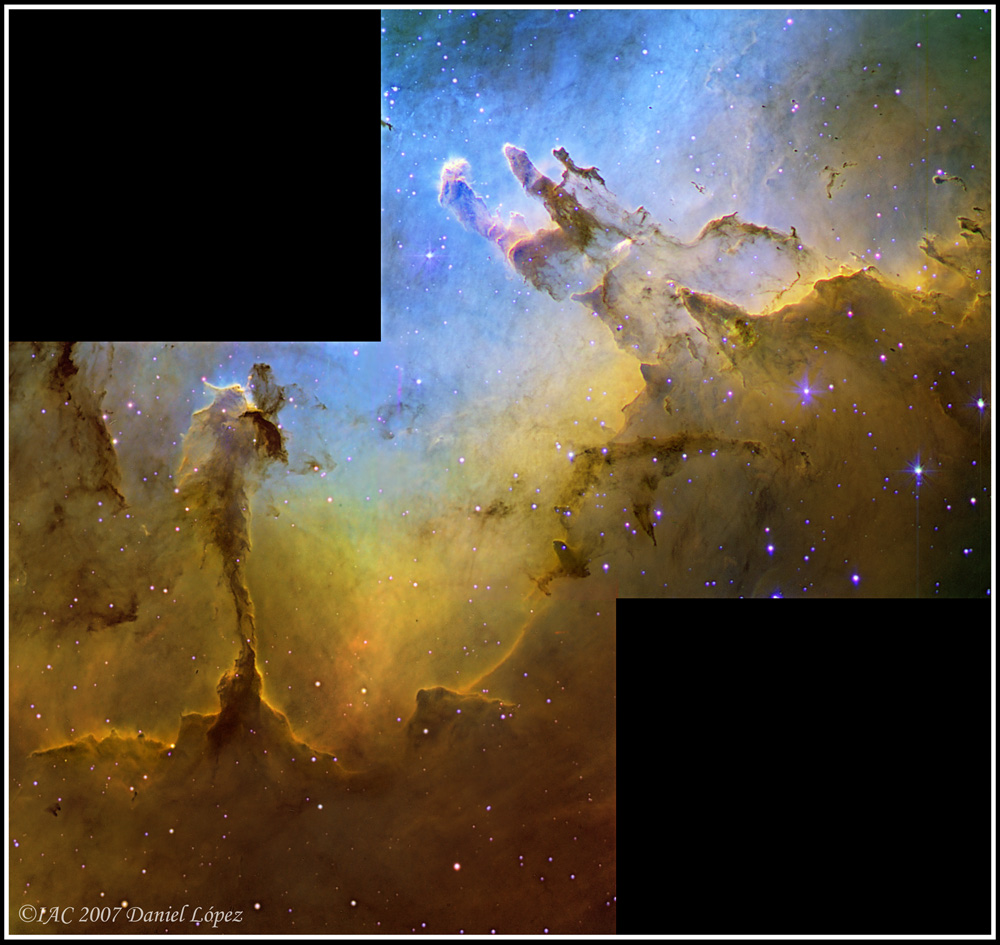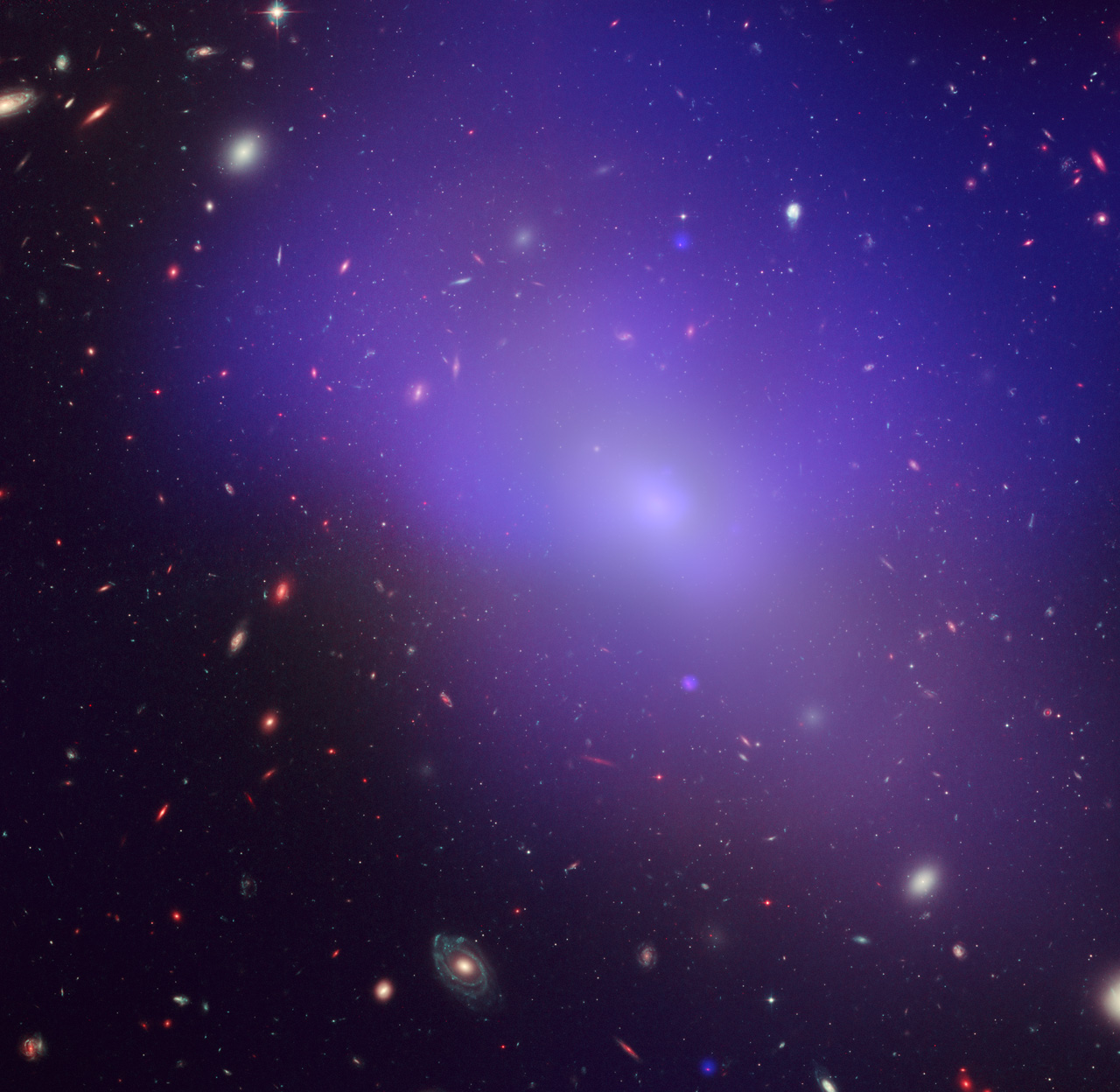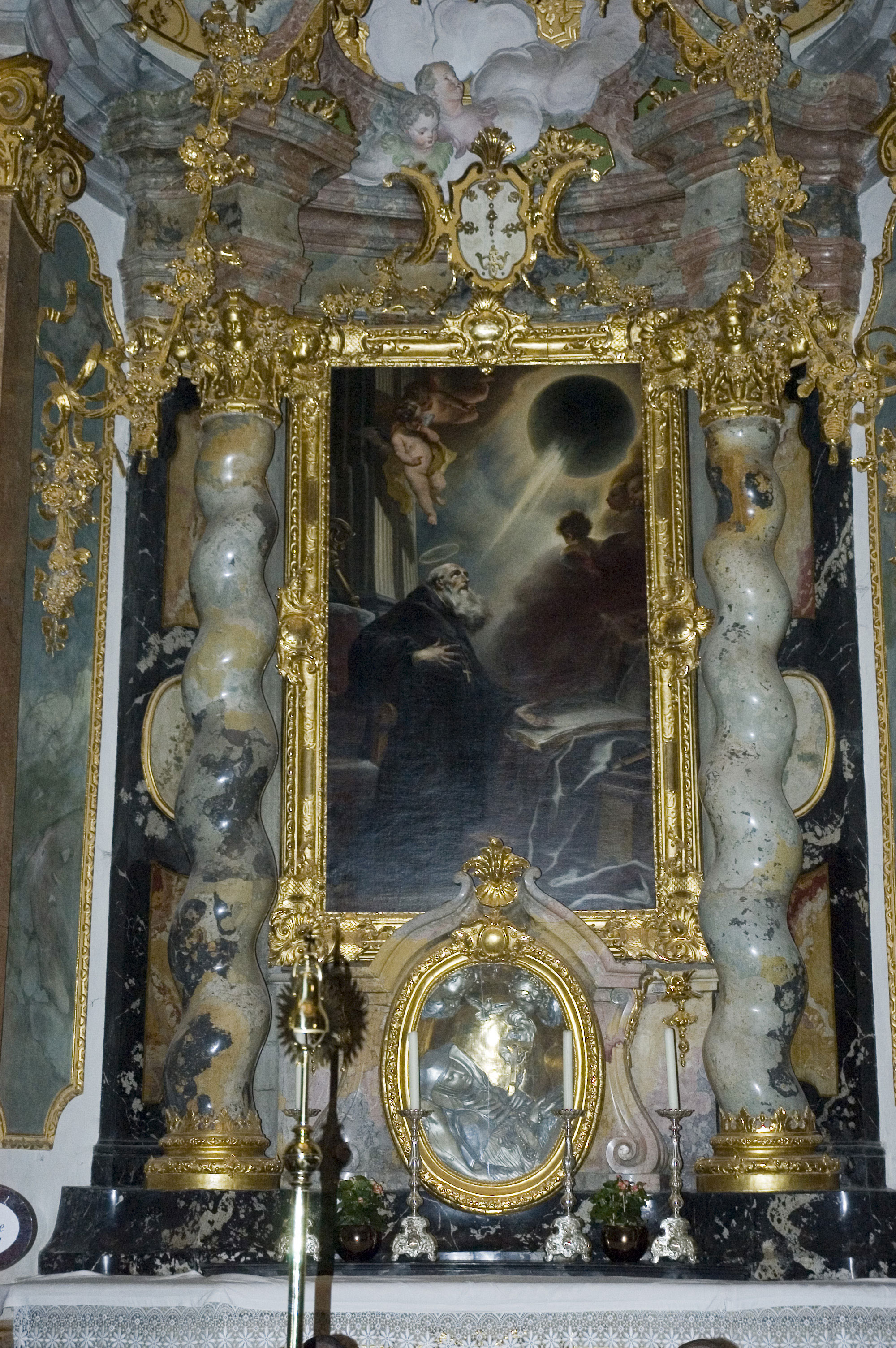
I chose this picture because we talked about the Eagle Nebula in class and it is a really great photograph. In the dark off-shoots we see the formation of bright blue stars occuring. The colors in the photo of M16 come from hydrogen, sulfur, and oxygen. Stars have been forming in this area for about 5 million years. The light we see from M16 was actually emitted 7,000 years ago and is just now reaching Earth. Clearly M16 is very far away from Earth, but its large size (it spans about 20 lightyears) allows us to see it with only binoculars when looking toward Serpens.



